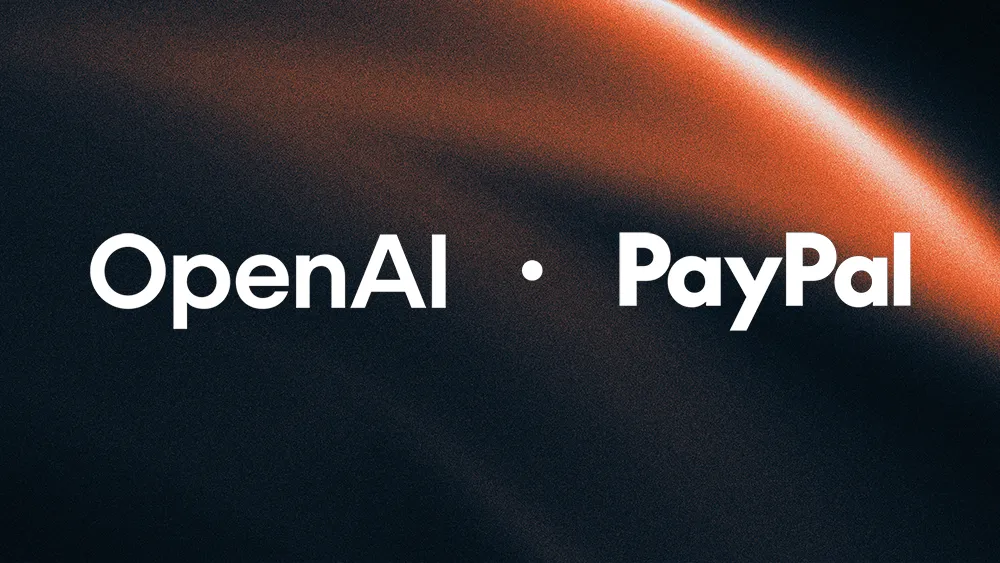
All articles
Grasshopper Bank Bets Client-First AI Will Finally Deliver on Personal Finance's Broken Promise
Peter Chapman, CTO of Grasshopper Bank, on "client's data" and cautious, customer-led strategy for safely rolling out new LLM-powered financial tools for businesses.

Key Points
Banks are beginning to connect client data with LLMs to create a conversational, advisory experience that moves beyond the static charts of older Personal Financial Management (PFM) tools.
Peter Chapman, CTO of Grasshopper Bank, explains his "walk before we run" strategy, which prioritizes client trust through an opt-in, read-only model.
Early business clients are already using the tool for practical tasks like creating board reports and analyzing cash flow ahead of investor meetings.
Chapman applies a customer-led innovation model where feedback from this initial group will dictate the platform's future.
What excites us about this technology isn’t necessarily what will matter most to clients. That’s why we’re not trying to dictate the use cases from the top down. We’d rather listen, observe, and let real-world behavior guide the roadmap.
Modern banks are more than just a vault for cash, rolling out digital tools to help clients plan and prosper. But Personal Financial Management (PFM) has mostly underdelivered and underwhelmed, leaving customers with static charts that feel more decorative than directive.
But with recent advancements in AI and its foundational protocols, banks are beginning to connect data to LLMs securely. Grasshopper Bank's recent MCP launch is helping shift the conversation from pictures of spending to an interactive, advisory experience where a business owner can ask real questions about their unique financial reality and get meaningful answers in return.
We caught up with Peter Chapman, Chief Technology Officer at Grasshopper Bank, to unpack the shift. A veteran of both the bank and vendor trenches, Chapman has shaped digital strategies for names like Sensibill, MX.com, and Backbase. He’s seen every iteration of PFM come and go, and to him, this new wave of technology feels less like another shiny tool and more like the long-awaited fix the industry has been chasing.
"LLM-powered banking tools are the ultimate evolution of PFM. It's where all those PFM companies hoped to land eventually, and if we do it right, we could finally put clients in a position where they're truly empowered to live healthier financial lives," Chapman says.
But adoption of the tech ultimately lives or dies on trust, and that trust sits at the center of a broader industry fight over who really owns customer data. The debate flared recently when Plaid struck a deal with JPMorgan Chase, underscoring the stance of some large institutions that the data ultimately belongs to the bank. Chapman takes the opposite view, echoing his colleague Nate Gruendemann's point as he calls Grasshopper’s client-first philosophy not just the right thing to do, but a competitive edge.
Whose data is it anyway?: "We've always believed that it's the client’s data," Chapman clarifies. "We should act as stewards of that data to protect it appropriately and, when the client demands it, be able to share that data appropriately to enable their financial life." That framing flips the script on traditional banking power dynamics, casting Grasshopper less as a gatekeeper of information and more as a trusted enabler of client choice.
To build that trust, Chapman normalizes the concept of third-party data access by connecting it to a familiar precedent. He explains that the new MCP for AI was the next evolution of the long-standing practice of connecting bank data to third-party accounting software, one that required extreme caution.
Data déjà vu: "The industry has actually been doing this for a long time. Think about QuickBooks—we’ve been sending banking data into that platform for decades. Connecting to LLMs is really just the next evolution of a practice clients are already comfortable with."
Baby steps: "LLMs are a brave new world for everyone, so we want to be very safe and cautious. We’re walking before we run, which means two guardrails right now: the client must actively opt in, and the connection is strictly read-only," Chapman says. "That way, clients get the benefit of conversational insight without the fear of unintended actions on their accounts."
With safety addressed, the focus turns to utility. As a business bank serving what Chapman calls "emerging, innovator-type businesses," Grasshopper is intentionally targeting a sophisticated beta group. Chapman's strategy is to listen and learn, prioritizing feedback from these advanced users over his own team's preconceived notions and letting a customer-led model of innovation dictate the future.
The fintech geek fallacy: "We've got a bunch of ideas, but at the end of the day, we're fintech geeks. What excites us about this technology isn’t necessarily what will matter most to clients. That’s why we’re not trying to dictate the use cases from the top down," Chapman explains. "We’d rather listen, observe, and let real-world behavior guide the roadmap."
Homework for startups: "So far, the strongest demand has been from founders using it to build their monthly board decks and cash flow reports. For early-stage companies raising money, cash flow is the story they bring to investors. Anything that helps them sharpen that story quickly becomes indispensable."
A co-created future: "The vision is to create a forum where clients can trade ideas, surface unexpected use cases, and learn from each other. Over time, that could evolve into things like a shared prompt library or best-practice guides. We want to be educational with our clients and help them make the most of the tools available."
The platform's current read-only status is a deliberate part of Grasshopper's cautious approach. Today's caution is meant to lay the foundation for a future where AI will move beyond analysis to act on a client's behalf. "In the future, we might get to a point where it has transactional capability and it can write, not just read," Chapman concludes. "But we'll cross that bridge when we come to it."







